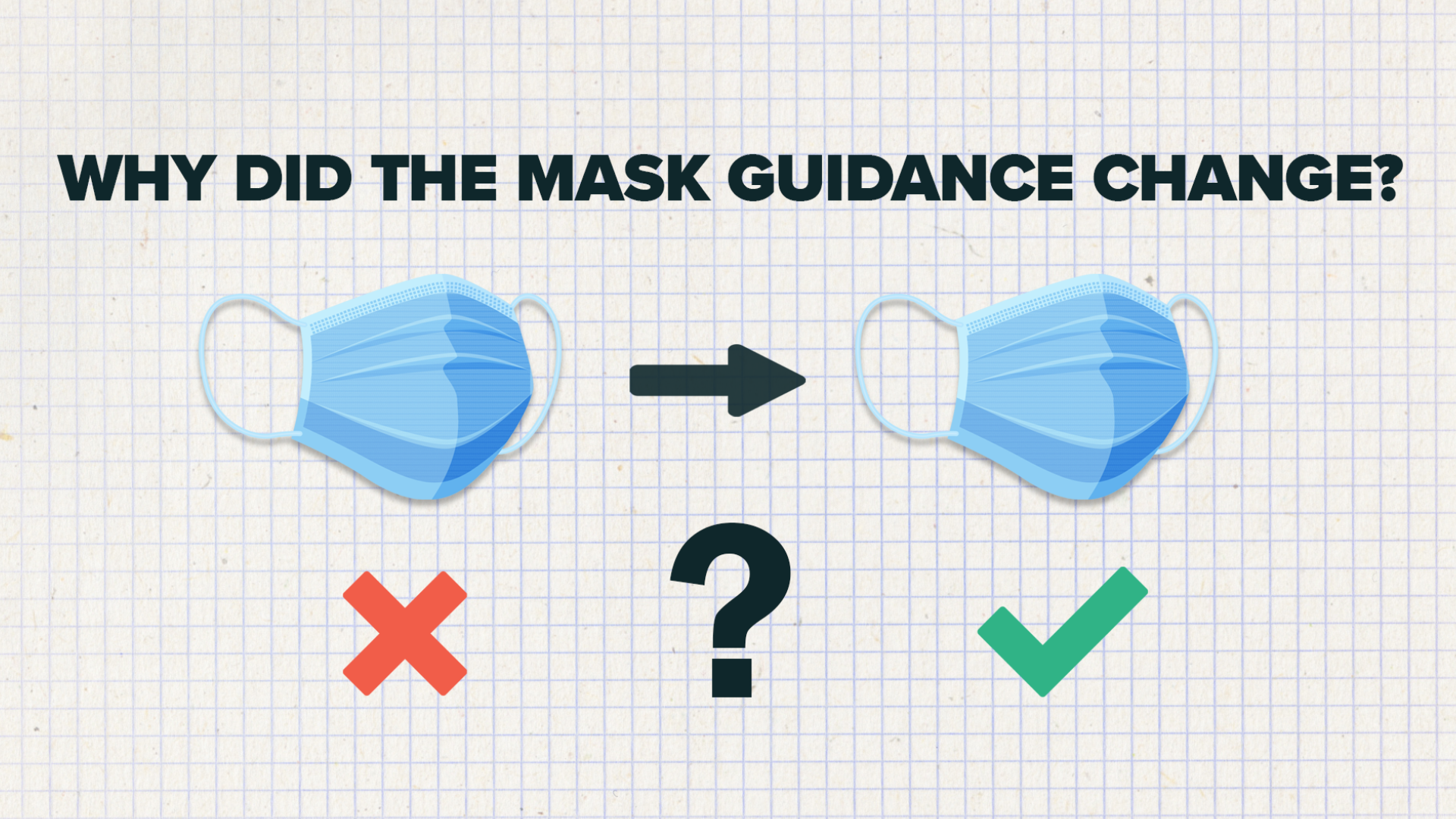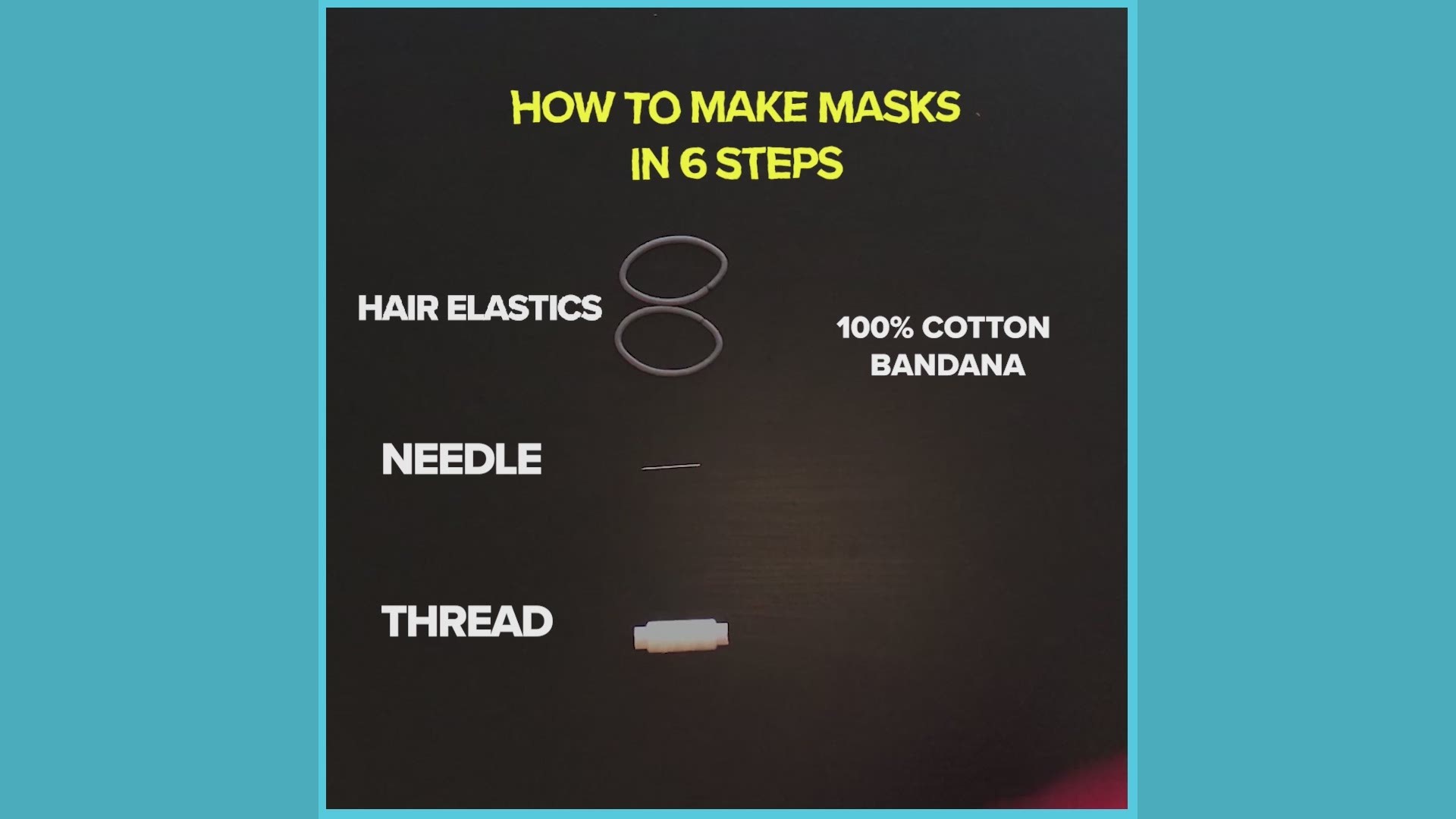There’s been some changing policies and guidance over whether widespread mask use is a good idea or not in the United States to combat coronavirus.
The Centers for Disease Control and Prevention and the World Health Organization said at the start of the outbreak that masks were not needed by the general public. Those same guidelines stressed that masks should be reserved for people who are sick, those people taking care of the sick or medical professionals.
The U.S. Surgeon General put the mask guidance bluntly in late February when he emphatically tweeted “Seriously people- STOP BUYING MASKS!”
But in replies to that tweet, people questioned how masks could not be effective in preventing the general public from getting sick but at the same time be important for medical workers to avoid spreading it.
Others have wondered why some Asian countries recommend the general public wears masks but western countries haven’t.
Then finally, to add to all of the confusion, the AP has reported that the CDC is drafting guidance that would recommend mask use more broadly for the general public.
So are masks useful or not?
Well to start, let’s cover what the CDC’s and the WHO’s guidelines actually are. As of April 8, here's where things stand:
The CDC has always said to wear a face mask if you’re sick.
Now the CDC also recommends wearing cloth face coverings in public settings where other social distancing measures are difficult to maintain especially in areas of significant community-based transmission.
National Public Radio reporter Sam Whitehead recently interviewed CDC head Robert Redfield and said that Redfield told him one reason the CDC reviewed its mask guidelines is because they found that it’s possible up to 25% of people who have COVID-19 may not show any symptoms. So, he believed there could be value in the general public wearing masks so asymptomatic carriers don’t spread it.
The new recommendations ask the public to start using non-medical masks, like homemade cloth face coverings, made out of t-shirts or bandannas. But medical masks still be reserved only for medical workers.
Essentially, the CDC’s views on masks have boiled down to two values: they can help prevent people who have COVID-19 from spreading it and there needs to be masks available for medical workers to use.
The WHO says something similar. The organization believes healthy people only need to wear masks if they are taking care of someone that may have COVID-19. Additionally, the guidance states to wear a mask if you’re coughing or sneezing.
The WHO guidance for the public adds two things the CDC doesn’t mention: Masks are only effective when used in combination with hand-washing and you must know how to use and dispose of a mask properly, if you’re going to wear one.
The guidance states you should wash your hands before putting on a mask, you should avoid touching it while you’re wearing it and wash your hands if you do happen to touch it, replace your mask if it gets damp, don’t re-use single use masks and, to remove masks from behind and wash your hands after when you’re done with them.
One reason why some Asian countries have promoted the idea that the general public should wear masks from the beginning is likely because of their experience with SARS, an epidemic of a virus similar to the one that causes COVID-19 and spread mostly within Hong Kong and mainland China.
Studies from the outbreak said that mask use had an impact in quelling the spread. One study found that “always wearing a mask when going out was associated with a 70% reduction in risk compared with never wearing a mask” during the SARS outbreak. Another study said “Surgical masks or N95 respirators were the most consistent and comprehensive supportive measures.”
So there’s a belief in those countries that widespread mask use has worked before. The United States, on the other hand, has not had that same experience.


